44 are food labels required by law
Which of the following is not required by law to be listed on a food label? Which of the following foods does not require a label? Raw fruits, vegetables, and fish are exempt from nutrition fact labeling. Foods that contain insignificant amounts (insignificant means it can be listed as zero) of all required nutrients (foods that fall under this exemption include tea, coffee, food coloring, etc.). Food Labelling Requirements 101|Label Printing|label.co.uk Undertstand food labelling requirements and how to stay compliant in an ever evolving industry. Calculator. Calculate online Now. CUSTOMER SERVICE. 0203 588 1080 +44 (0) 203 588 1080. info@label.co.uk. ... - Any warnings required by law (such as those for alcohol, GM ingredients, etc.)
Food Allergen Labeling Law Requirements and Exceptions - Verywell Health In addition, manufacturers must use use the "common or usual name" of the allergen. For example, "egg" must be called "egg" on food labels instead of "ovalbumin.". The warning must be listed in the same size type as the rest of the ingredients on the label. The common name must appear either: In parentheses after the ingredient name.
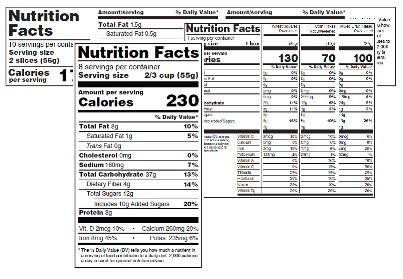
Are food labels required by law
Menu Labeling Requirements | FDA - U.S. Food and Drug Administration The menu labeling requirements apply to restaurants and similar retail food establishments that are part of a chain with 20 or more locations. In addition, they must be doing business under the... Everything you need to know about GMO labeling in 2020 The law requires labeling only on bioengineered foods intended for human consumption that contain more than five percent GMO ingredients. Instances where GMOs do not have to be labeled include: Foods derived from animals, such as eggs, meat and milk. Refined ingredients like oils and sugars. Food served in a restaurant. International Labeling Laws - Center for Food Safety Center for Food Safety (CFS) has announced the release of its new, interactive Genetically Engineered (GE) Food Labeling Laws map detailing the powerful, growing presence of laws requiring information on GE content in consumer food products around the world. Global food policy research conducted by CFS confirms that 64 countries, including member nations of the European Union, Russia, China ...
Are food labels required by law. 2020 FDA Regulations for Food Labeling - LabelCalc According to new FDA regulations regarding food labeling for food manufacturers: companies exceeding $10 million in revenue must comply with new changes by Jan 1, 2020. Companies below that revenue mark or single supply manufacturers of items such as sugar and honey have until Jan 2021. Nutrition labelling | Food Standards Agency When providing nutrition information, you are required to declare: energy value. amounts of fat, saturates, carbohydrate, sugars, protein and salt. The content of the mandatory nutrition... Food labelling regulations: what small businesses need to know The law on prepacked food for direct sale is changing from October 2021. Foods like sandwiches, salads and pies sold on the same premises in which they're made will need to be labelled with a full ingredients list, with allergens emphasised. Clear and consistent communication Packaging and labelling | Food Standards Agency The following information must appear by law on food labels and packaging: Name of the food The name of the food must be clearly stated on the packaging and not be misleading. If there is a name...
Food labelling: giving food information to consumers - GOV.UK You must usually show either a 'best before' or a 'use by' date on the packaging or label of pre-packed food products. Only show a 'use by' date where there's a safety issue with eating the food... The Importance of Food Labels | Requirements for Packaging Importance of Food Labels. Food labels are a legal requirement and they are important for many reasons. They help consumers make informed choices about the food they buy, help them to store and use it safely and allows people to plan when they will consume it - all of which help to reduce food wastage. The rest of this article will explain ... Labelling - Food Standards The Food Standards Code includes the general labelling and information requirements (Chapter 1 of the Code) that are relevant to all foods, and sets out which requirements apply in different situations (for example food for retail sale, food for catering purposes, or an intra-company transfer). The Code also includes specific labelling and ... Food Labeling | UC Food Safety General Most food labels are regulated by the U.S. Food and Drug Administration (FDA). Labels for meat and poultry products are regulated by the United States Department of Agriculture (USDA) Food Safety and Inspection Service (FSIS). The nutrition information required on the labels of FSIS-regulated products is nearly the same as that for FDA-regulated products. The two agencies have worked ...
Food Labeling & Nutrition | FDA Food labeling is required for most prepared foods, such as breads, cereals, canned and frozen foods, snacks, desserts, drinks, etc. Nutrition labeling for raw produce (fruits and vegetables) and... Food Labeling Overview - National Agricultural Law Center Food labeling laws and regulations address packaging and point-of-purchase advertising for food and supplements sold in retail establishments, menus in restaurants, and alcoholic beverage labeling. Food labeling laws and regulations also cover claims made by marketing endeavors, including claims about the purity of food products or health benefits. What are the FDA Mandatory Label Information for Food Products? - Law ... The FDA is tasked by law to prescribe standards, guidelines, and regulations with respect to information, advertisements and other marketing instruments and promotion, sponsorship, and other marketing activities about the health products. Mandatory labeling requirements for food products Definition of a food product label Packaging, Labeling, Transporting, Storing — Food Law "...the Nutrition Labeling and Education Act of 1990 (NLEA), which, among other things, requires nutrition labeling for most foods (except meat and poultry) and authorizes the use of nutrient content claims and appropriate FDA-approved health claims. Meat and poultry products regulated by USDA are not covered by NLEA.
Food Labeling - USDA The FDA assures that most prepared foods, such as bread, cereals, canned and frozen foods, snacks, desserts, drinks, etc., are safe, wholesome, and properly labeled. The National Organic Program (NOP), a regulatory program housed within the USDA Agricultural Marketing Service, develops organic food labeling standards
List of food labeling regulations - Wikipedia Mandatory country-of-origin labeling of food sold in the United States Personal Responsibility in Food Consumption Act Public Law 114-214, regulating GMO food labeling Pure Food and Drug Act Regulation of food and dietary supplements by the U.S. Food and Drug Administration Standards of identity for food Title 21 of the Code of Federal Regulations
Labelling laws | NSW Food Authority * Food labels are legally required to show the name and Australian or New Zealand business address of the manufacturer or supplier (packer or vendor importer) plus the lot and batch number of the food (or date coding) to enable efficient food recalls. Food is recalled when it poses a possible public health and safety risk to consumers.
My Food Product: Do I Need Nutrition Facts On My Labels? - ReciPal Raw fruits, vegetables, and fish are exempt from nutrition fact labeling. Foods that contain insignificant amounts (insignificant means it can be listed as zero) of all required nutrients (foods that fall under this exemption include tea, coffee, food coloring, etc.).
Nutrition Labels 101: What's Required? What's Optional? Vitamins A and C will no longer be required on the FDA's Nutrition Facts labels (though manufacturers may still include them if they choose), while Vitamin D and Potassium will now be required. The percent of the daily value is expressed in 2% increments from 2-10% of the daily value; in 5% increments from 10 to 50% of the daily value; and in 10% increments if the level is above 50%.
Food labelling - Health.vic Food labels are required by law to carry essential information so that consumers are informed of the nature and properties of foods prior to purchase -- this includes statements about the presence of allergenic ingredients that could lead to life-threatening allergic reactions in susceptible persons if the labelling information is not accurate.
Food labelling - general EU rules - Your Europe Labelling Mandatory information must be printed using a font with a minimum x-height of 1.2 millimetres. If the largest surface area of packaging is less than 80 cm², you can use a minimum x-height of 0.9 mm. For packaging surface of less than 10 cm², you must list: name of the food
What is required on a food label? - USDA A meat and poultry label is required to contain 8 features. These are: the product name, inspection legend and est. number, handling statement, net weight statement, ingredients statement, address line, nutrition facts, and; safe handling instructions. These requirements are found in the Code of Federal Regulations (9CFR 317.2/381 Subpart N).
FDA Food Product Labeling & Packaging Requirements - ESHA The Food Allergen Labeling and Consumer Protection Act of 2004 (FALCPA) mandates that packaged food items must declare, in plain language, the presence of any major food allergens (Milk, Egg, Fish, Crustacean shellfish, Tree nuts, Wheat, Peanuts, Soybeans, Sesame) on the product packaging.
Food labelling and packaging: Overview - GOV.UK To sell food and drink products, the label must be: clear and easy to read permanent easy to understand easily visible not misleading You must show certain basic information and list the...
International Labeling Laws - Center for Food Safety Center for Food Safety (CFS) has announced the release of its new, interactive Genetically Engineered (GE) Food Labeling Laws map detailing the powerful, growing presence of laws requiring information on GE content in consumer food products around the world. Global food policy research conducted by CFS confirms that 64 countries, including member nations of the European Union, Russia, China ...
Everything you need to know about GMO labeling in 2020 The law requires labeling only on bioengineered foods intended for human consumption that contain more than five percent GMO ingredients. Instances where GMOs do not have to be labeled include: Foods derived from animals, such as eggs, meat and milk. Refined ingredients like oils and sugars. Food served in a restaurant.
Menu Labeling Requirements | FDA - U.S. Food and Drug Administration The menu labeling requirements apply to restaurants and similar retail food establishments that are part of a chain with 20 or more locations. In addition, they must be doing business under the...
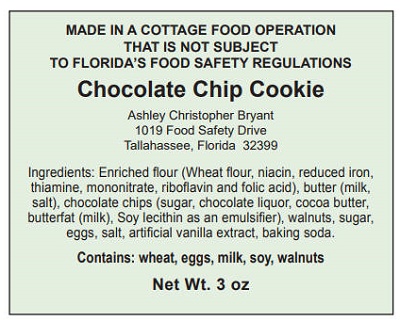



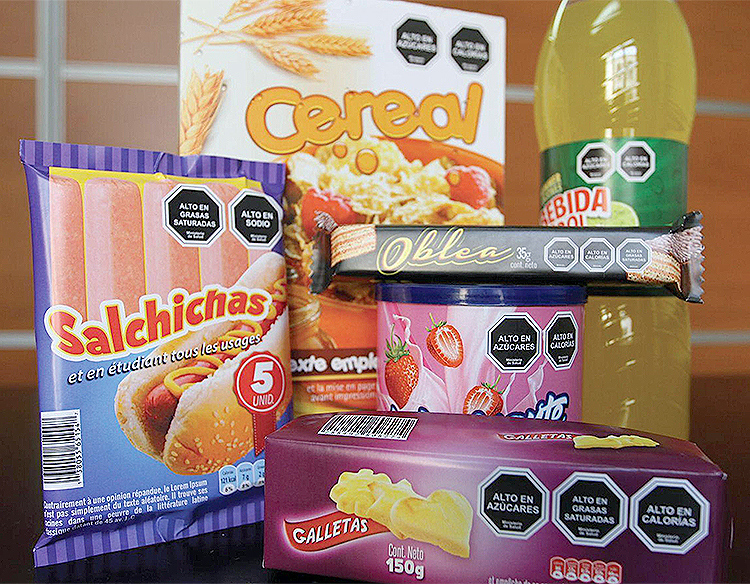
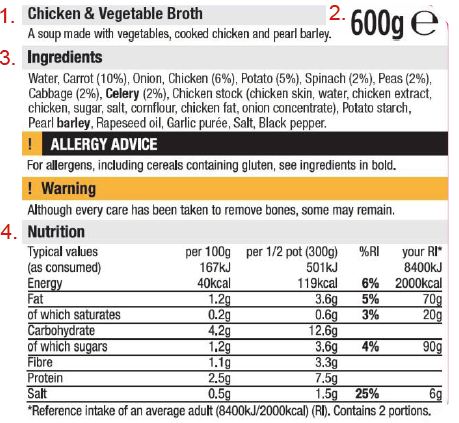


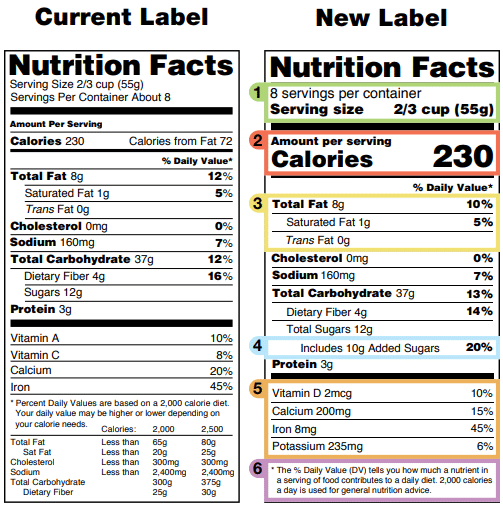

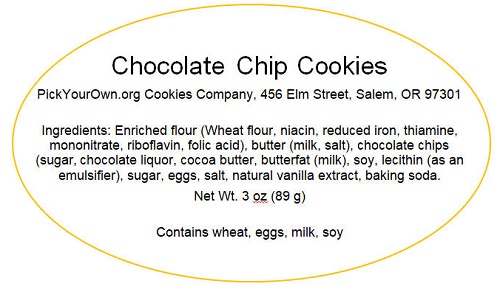

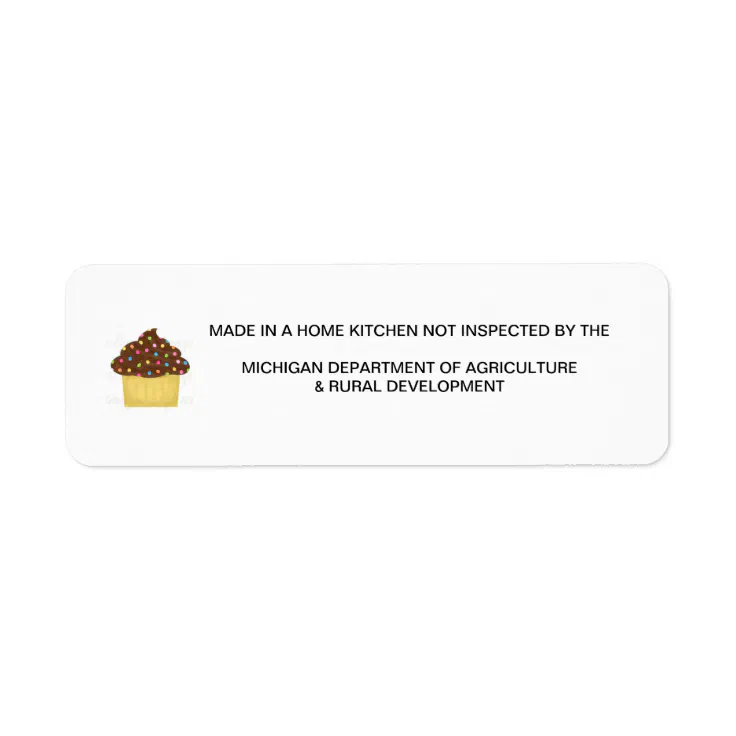


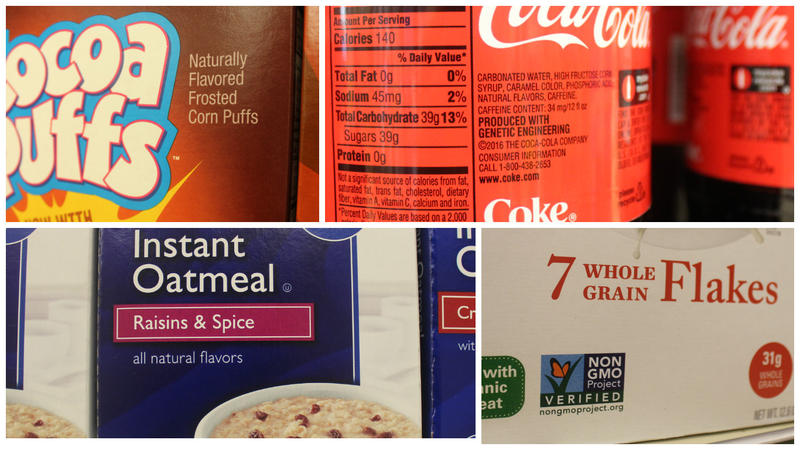
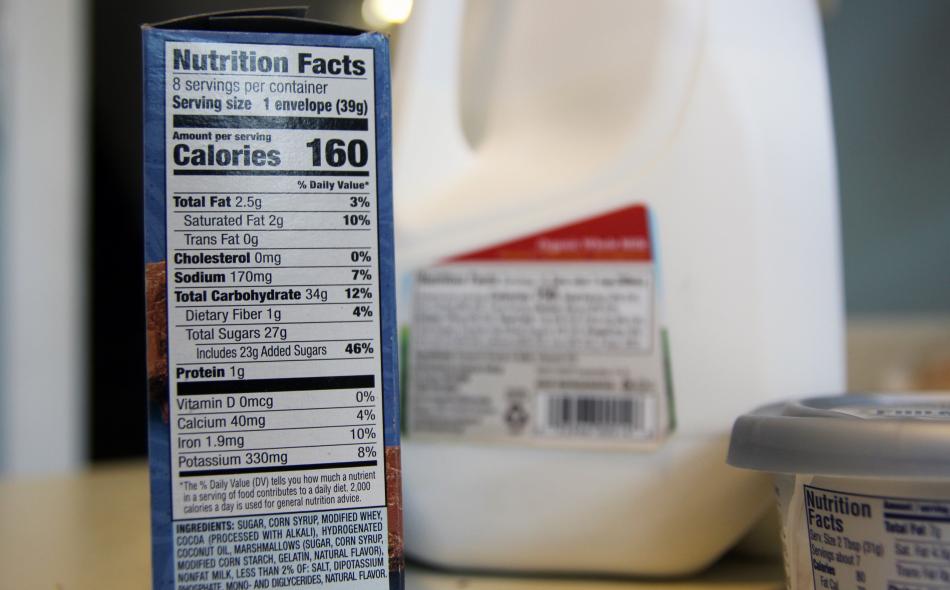
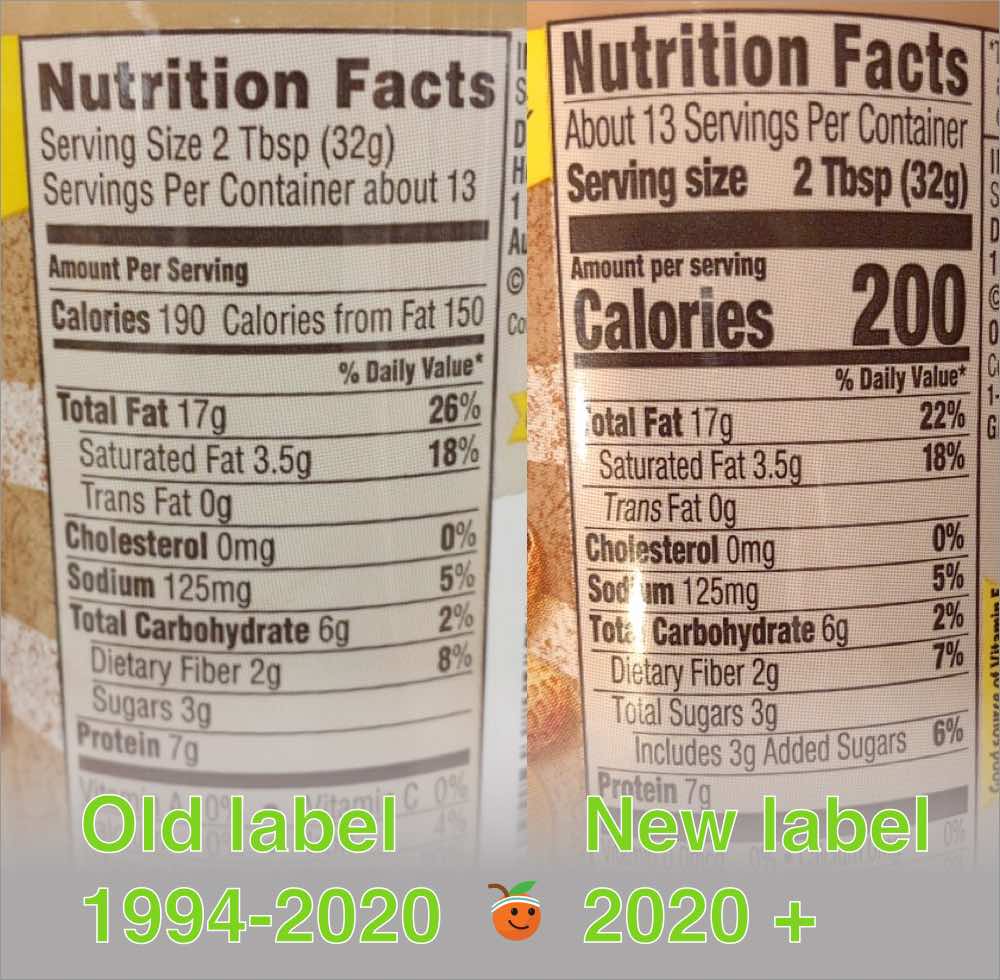

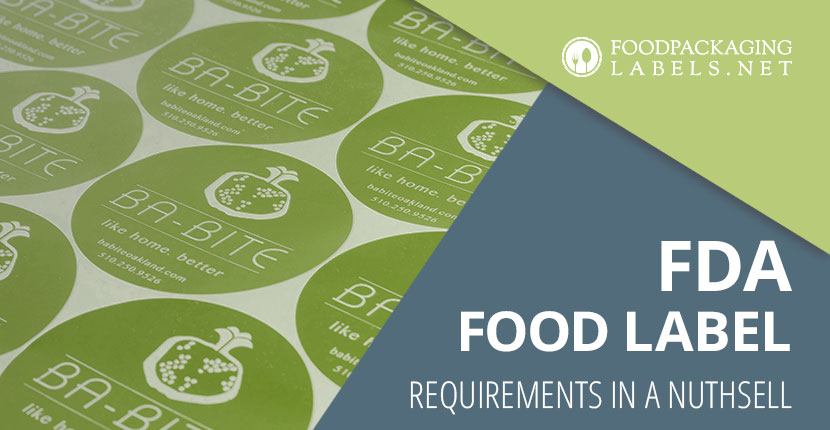
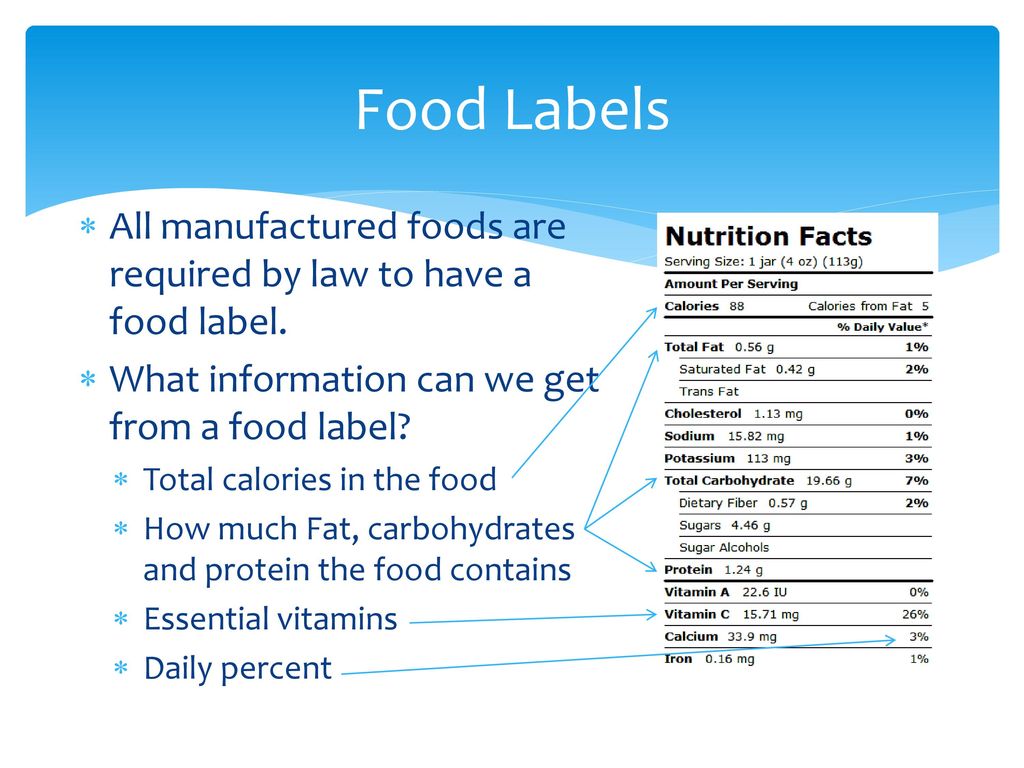
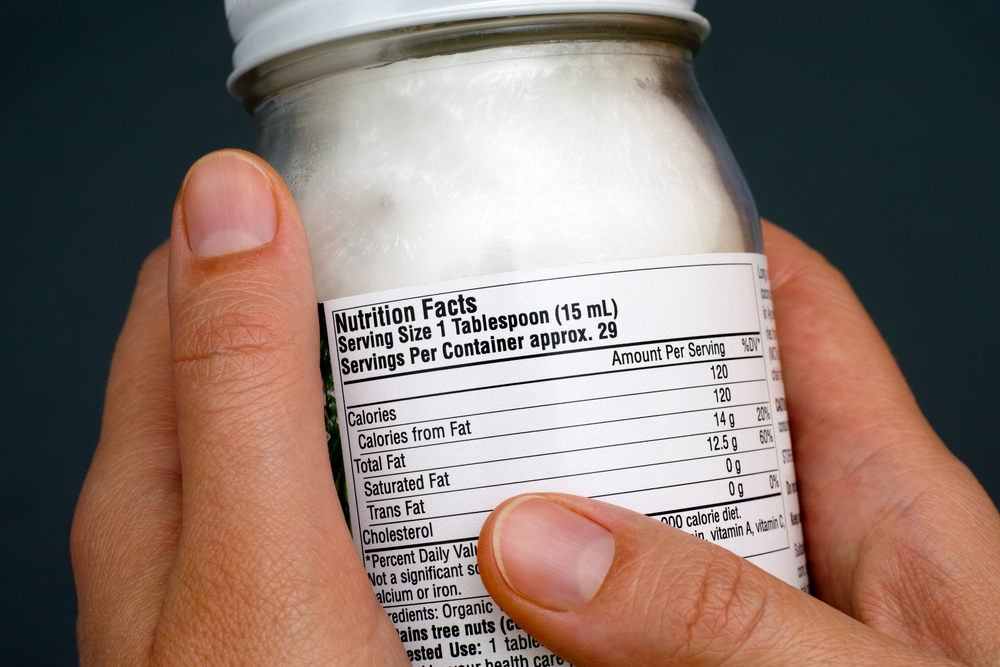
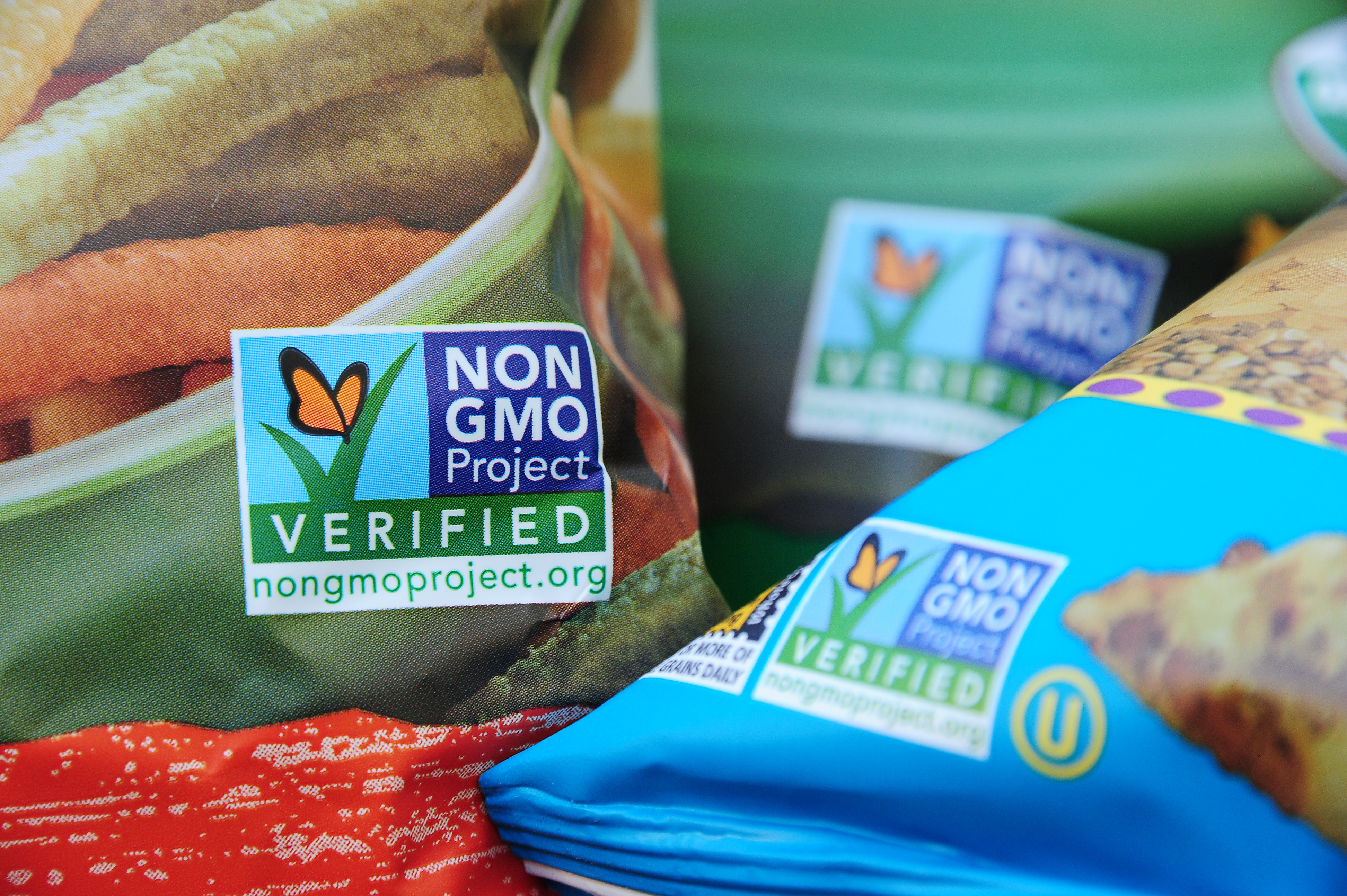

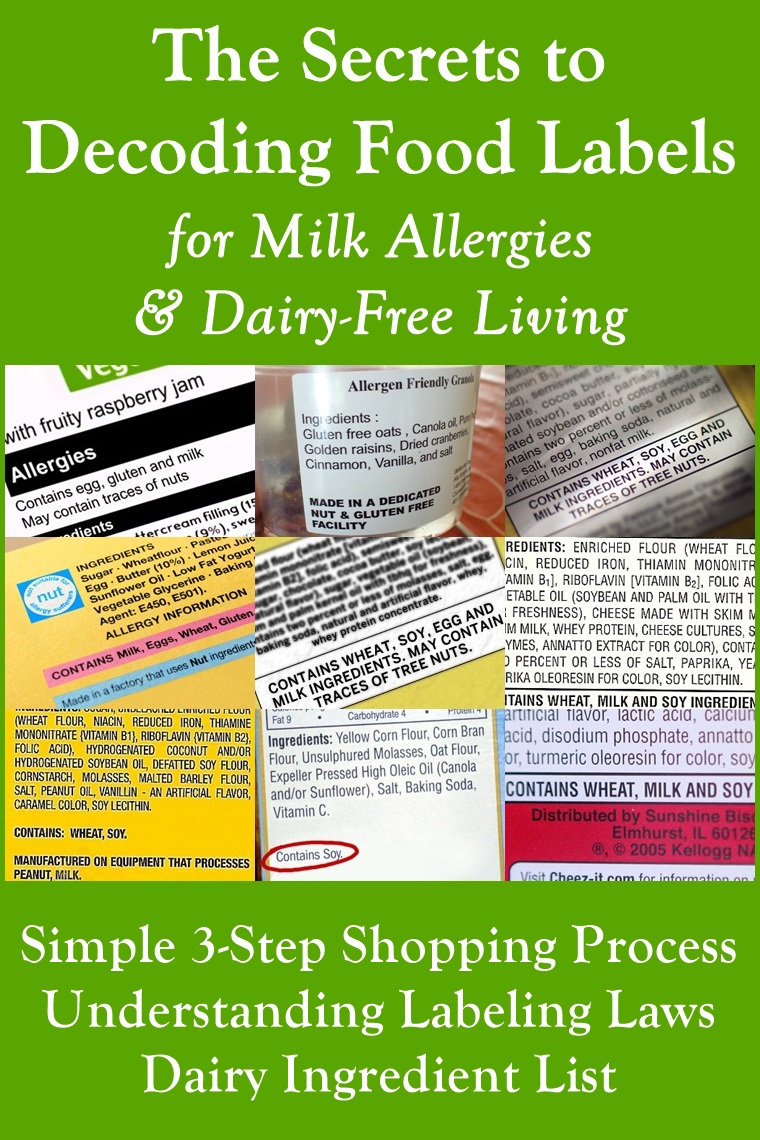



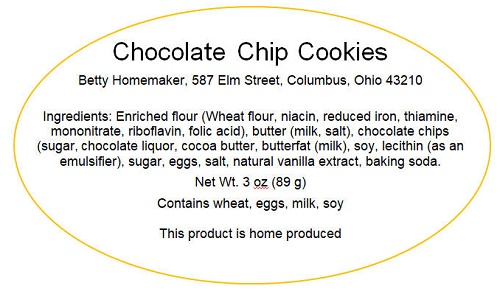





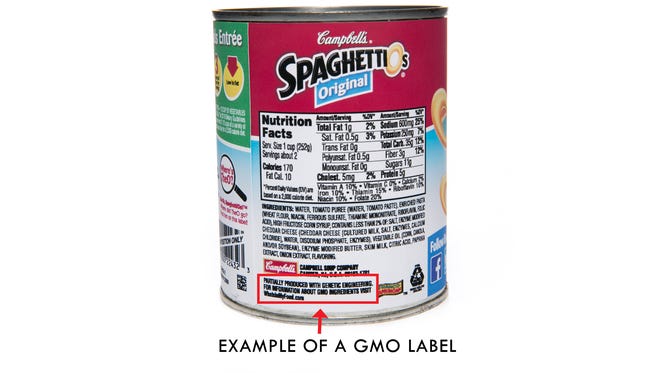
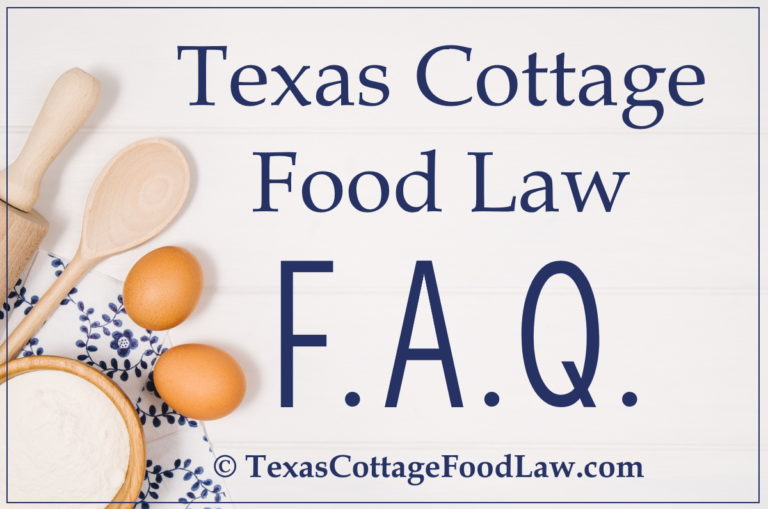


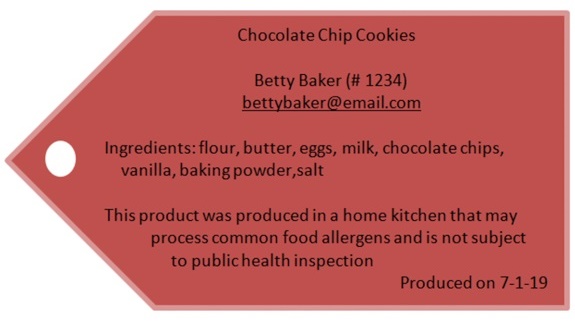
Post a Comment for "44 are food labels required by law"